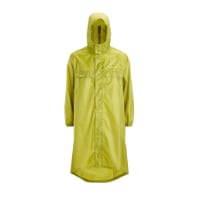karry
New Member
- Time of past OR future Camino
- March - April 2016
Hi Everyone,
I am thinking (or dreaming) of doing Camino Mozarabe & Via de la Plata. I have read some threads on here and I am curious to learn, what is the trail difference between starting at the end of the year or starting at the beginning of the year?
Is the trail more population during one time and less in another?
Is there a drastic change in the weather? From what I saw, it is similar during both times of the year.
Or if anyone else has answered these questions, let me know!
Thanks, All!
I am thinking (or dreaming) of doing Camino Mozarabe & Via de la Plata. I have read some threads on here and I am curious to learn, what is the trail difference between starting at the end of the year or starting at the beginning of the year?
Is the trail more population during one time and less in another?
Is there a drastic change in the weather? From what I saw, it is similar during both times of the year.
Or if anyone else has answered these questions, let me know!
Thanks, All!










